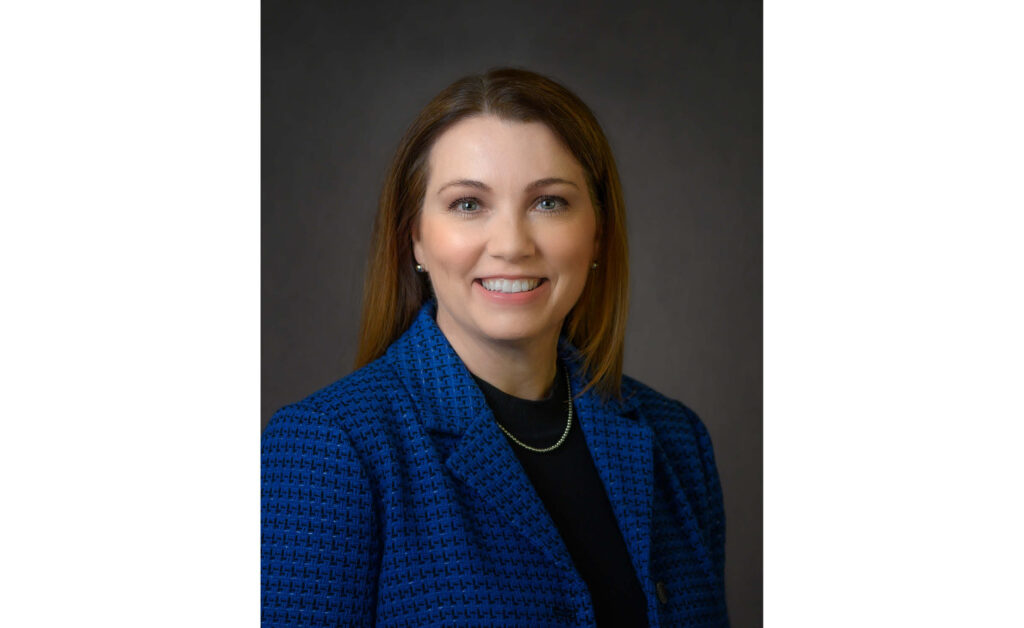by Elaine Hughesman, Hughesman Morris, Liversedge, CPA’s –
In an economy becoming increasingly complicated with rising prices, especially in the housing market, “financial literacy” has become a hot topic. Becoming more fluent in financial literacy begins by understanding key areas and with simple practises easily put into place.
Tax Brackets. This may not be the list’s most important item, but it’s the one I’m asked the most. Since my days of working at McDonald’s, I’ve heard people say: “I don’t want to work any more hours as it’ll put me in a higher tax bracket.” My response is that working more hours will always make you more money. In Canada, we have graduated tax rates. It means that each tax rate only applies to income earned within that tax bracket. Once you move to a higher tax bracket, only the income earned in that higher tax bracket will be taxed at a higher rate. Income earned in the lower tax bracket will not be affected.
For hourly employees, sometimes when working an extraordinary number of hours in a pay period, you’ll notice your net pay hasn’t increased as much as expected. That’s because payroll software used by your employer likely assumed you would be earning a higher wage for the rest of the year, so it withheld more taxes than necessary. But rest assured, if too much tax has been withheld, it just means a refund come tax season. Never be afraid of moving into a higher tax bracket.
Budgets. The biggest impact you can personally have on your finances is to create a budget and then measure your spending against that budget. What does it cost to live the lifestyle you’re living, and are you making enough to fund it? Draft a monthly budget that doesn’t have to be too complex. Break expenditures down into simple categories like housing, groceries, transportation, entertainment, pets, etc. And then, for at least a few months, track your spending. You can then measure those results against your draft budget to determine how realistic that budget is (I use the app Mint to track spending, but there are many options available). You can fine-tune your budget to reach realistic numbers. And from that point, you can determine how much can be saved to meet goals like buying a house, taking vacations and planning for education expenses.
Savings. Listen to my Mom and always put 10% of your gross income into savings. I cannot reiterate this rule enough. Also, it’s never too early to develop a relationship with a financial planner, to set yourself up for long-term financial success.
Credit. Take care of your credit score and start building a good credit history. This will do you well when wanting to buy a house, start a business, get a credit card with good points etc. Banks and other lending institutions always pull your credit score to make sure you’re a good candidate to take on debt. To build credit, you can take simple steps like ensuring your cell phone and other utility bills are paid on time. And, at some point, you’ll want to get a credit card, but only after you’ve mastered the concept of budgeting as described above. To keep your credit score intact, always pay your minimum balance, but to keep your financial health in check, make sure to pay the full balance every month. You can monitor your credit score through Equifax, TransUnion or your bank, but try not to pull your credit report more than once a year – each time your credit report is pulled by a creditor or yourself it reduces your credit score (an exception is made where you’re rate shopping between different institutions).
Finally, CPA Canada has a number of great financial literacy worksheets. My favourite is the Financial Fitness Self-Assessment. It offers a great snapshot of how healthy your financial habits are. https://www.cpacanada.ca/en/public-interest/financial-literacy/financial-literacy-resources/money-management-worksheets.




